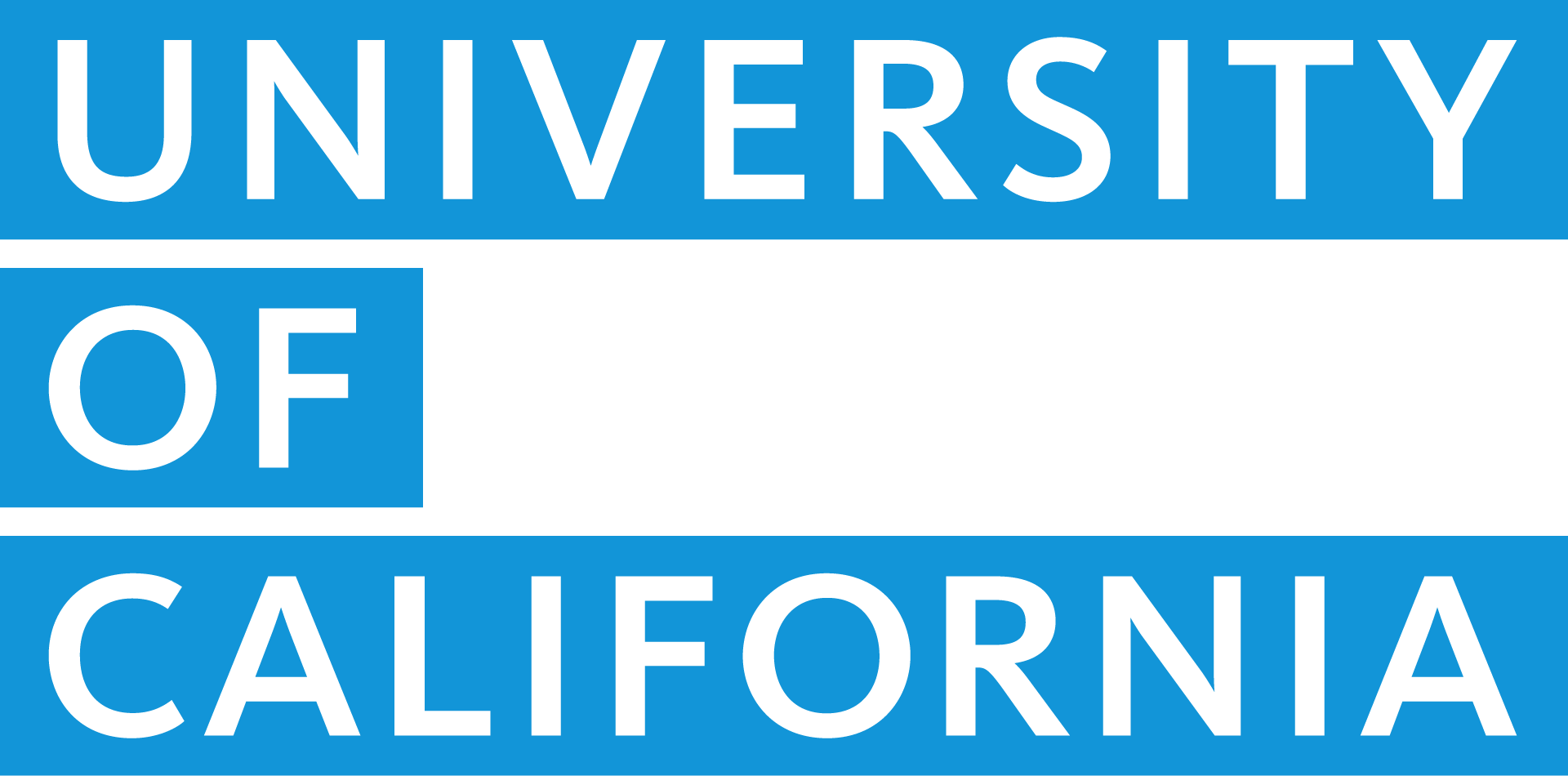Fire Fighter
Class Specifications – J.10
Fire Chief – 9801
Assistant Fire Chief – 9802
Fire Captain – 9803
Fire Specialist – 9804
Fire Fighter – 9805
September, 1981
Series Concept
Fire Fighters perform fire suppression and fire prevention duties on a university campus; and perform other related duties as required.
Incumbents typically operate aerial ladder trucks, pumpers, hoses, extinguishers during fire suppression or rescue operations; test and maintain fire detection and suppression equipment; inspect buildings, grounds, and facilities; maintain fire station buildings and facilities; participate in fire drills; train other fire fighters, drive an ambulance and administer first aid; inspect, service, test and maintain fire extinguishers, automatic sprinkler equipment; operate the communications center and alarm system; and may perform the duties of higher-classified positions in emergencies or as part of staff training and development programs.
The Fire Service series consists of five levels which recognize increasing levels of supervisory and/or administrative responsibility. Fire Fighter is the operational level; Fire Specialist is the specialist level; Fire Captain is the operational supervisory level; Assistant Fire Chief is the administrative supervisory level; and Fire Chief is the administrative managerial level.
Class Concepts
Fire Chief
Under direction, incumbents are responsible for the campus fire department, including planning, organizing, directing and coordinating all fire prevention and suppression activities and operations.
Incumbents typically develop, interpret and administer policies related to selecting, training, assigning, directing and evaluating fire service personnel; direct all fire suppression operations at or near the location of a fire; select fire service equipment; develop appropriate fire prevention methods and determine fire suppression techniques; direct training of fire service personnel; supervise the inspection of campus buildings, grounds, and facilities; prepare budget estimates; and maintain liaison with university administrators and municipal, state and federal fire service officials.
The Fire Chief class is distinguished from the Assistant Fire Chief class in that incumbents have overall responsibility for a campus fire department including relationships with other University departments and/or public fire departments.
Assistant Fire Chief
Under direction, incumbents serve as executive assistants to the Fire Chief in assigned administrative and/or technical areas. Administrative assignments may include such areas as: planning, budgeting, training and personnel matters.
Technical assignments may include development of fire prevention methods and techniques and selection of new equipment. Incumbents assume full responsibility for the department’s fire prevention and suppression activities in the absence of the Fire Chief. They normally work as seconds-in-command under the direction of the Fire Chief at a fire suppression operation and in addition may function as a shift officer for one or more shifts.
The Assistant Fire Chief class is distinguished from the Fire Captain class by the greater degree of administrative and supervisory responsibility exercised in performing as executive assistant to the Fire Chief.
Fire Captain
Under direction, incumbents administer one or more specialized assignment areas in a campus fire department and/or supervise a group of fire service personnel during an assigned shift.
Incumbents typically conduct in-service or special training programs for fire service personnel; orient and train student and volunteer fire fighters; plan and execute a campus-wide program of fire inspection of buildings, grounds, facilities and equipment; consult with planners, architects, and insurance representatives relative to fire safety, hazards, and protection; and, in the absence of a higher-level supervisor, are assigned responsibility for a shift and personnel during station and equipment maintenance, fire prevention and suppression activities and emergency first aid responses.
The Fire Captain class is distinguished from the Fire Fighter/Specialist classes in that incumbents have administrative supervisory responsibility for major operational areas in a campus fire department. Areas of responsibility typically include fire prevention, fire safety and fire inspection on a campus-wide basis, and development and conduct of special training programs.
Fire Specialist
Under general supervision, incumbents perform specialized levels of fire suppression and fire prevention duties outlined in the Series Concept as an engineer of fire pumpers, aerial ladder trucks, and other specially designed apparatus; and/or perform specific duties in fire prevention inspection, fire paramedic, or other fire related specialties as may be assigned. They may perform the duties of a Fire Fighter as required.
Incumbents typically check for operational readiness of assigned equipment, or perform other specialized duties.
The Fire Specialist class is distinguished from the Fire Fighter class in that incumbents must perform task assignments requiring specialized knowledge and training relative to water systems, water supplies and hydraulics, the operation of specialized apparatus such as aerial ladder trucks and platforms, fire protection and research.
Fire Fighter
Under general supervision, incumbents perform operational level fire suppression and fire prevention duties as outlined in the Series Concept.
Minimum Qualifications
Applicants for positions in the Fire Fighter series are expected to Possess the skills, knowledges, and abilities essential to the successful performance of the duties assigned to the positions.
Note: Specific qualification requirements are approved for positions by the Personnel Manager in accordance with the provisions of Staff Personnel Policies 210.8 and 210.9.
